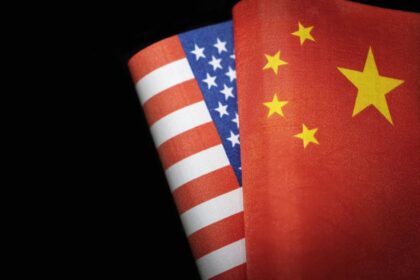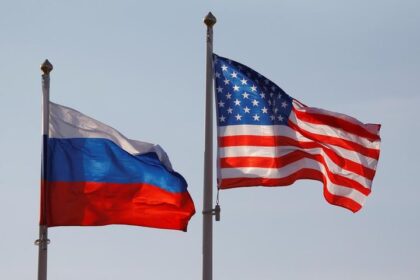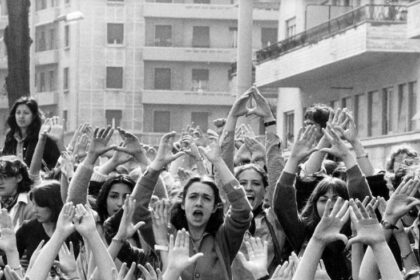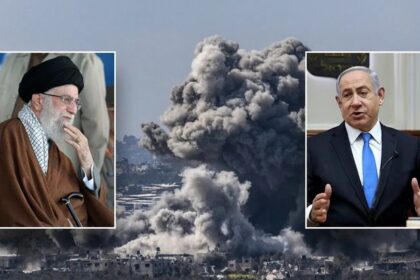The whole landscape of international armed conflict shifted with the integration of nuclear weapons into modern warfare. This integration of nuclear artillery meant certain mass destruction, as the world observed on August 6th and 9th, 1945, at Hiroshima and Nagasaki. The events of that day led many countries into a state of panic when they realized that, if they did not have a weapon of equal or greater capacity for mass destruction, their sovereignty would be at the mercy of those who possessed more of it. These circumstances predicted a worldwide, never-ending nuclear race. After the first atomic bombing by the United States, by the 1960s, both the United Kingdom and France had built their own nuclear weapons systems.
Before the NPT, it was projected that 25-30 countries within 20 years would have fully developed nuclear artillery. This situation would have meant a higher chance of miscalculations, unauthorized weapon use, impulsive decisions, ill-planned attacks, and accidents, leading to imminent mass destruction, only a button press away. In 1958, Frank Aiken, Irish Minister of External Affairs, launched the NPT process. In 1968, Finland became its first signatory. Now, the number of signatories has reached 191 countries. The popularity of this treaty meant that it was able to curtail the number of countries stockpiling nuclear weapons. Only four countries—namely, Pakistan, India, Israel, and North Korea—have acquired nuclear power status after the promulgation of this treaty. By the end of the Cold War, this treaty was able to establish a near-perfect international norm of non-proliferation of nuclear weapons.
Monopoly of Five States on Nuclear Weapons
This treaty acknowledges the states that manufactured and exploded nuclear weapons before January 1st, 1967, as nuclear states—namely, the United Kingdom, the United States, Russia, France, and China. The treaty has been harsher in surveillance of nuclear activities in non-nuclear countries, such as Taiwan and Iran, than it has been on the nuclear powers it already acknowledges. According to ‘Plutonium Pit Production’ by the National Nuclear Security Administration, accessed June 6, 2024, the U.S. is currently in the process of updating its nuclear facilities, with hopes of building 80 new bomb cores to meet congressional requirements by 2030. SIPRI (2024) has estimated that the size of China’s nuclear arsenal increased from 410 to 500 in 2024. Similarly, according to SIPRI’s predictions, the UK would increase its stockpile, as it announced in 2021 that it would raise its stockpile limit from 250 to 260 warheads. While the speed of accumulating nuclear weapon reserves has decreased, it will not cease completely in the near future. Considering all these circumstances, one could easily feel that the NPT creates almost a monopoly of these countries over nuclear arsenals.

Failure to Dismantle Nuclear Weapons
While the speed at which nuclear warheads have been stockpiled has decreased, the second agenda of the NPT—dismantling existing nuclear weapons—has faced major setbacks. America and Russia each have more than 1,200 warheads. The U.S. has proposed a three-way dismantling of nuclear arsenals between America, China, and Russia. China, having the fewest nuclear weapons, has refused to begin disarmament of its nuclear artillery until the nuclear reserves of the U.S. and Russia are reduced to the level of China’s stockpile. Disarmament of nuclear weapons is difficult because countries have a history of secret acquisition of nuclear weapons. This situation makes it harder for China to trust states such as Russia and the U.S. enough to reduce its nuclear arsenal to nothing before them. Similarly, the U.S. would not allow itself to become vulnerable by reducing its nuclear reserve to the level of China’s. This has created a nuclear weapon deadlock, where each country justifies its possession of a large nuclear arsenal as a deterrent to other nations.
Countries that Became Nuclear Powers After the Promulgation of the NPT
Countries that refused to become signatories to the NPT could not be prevented from becoming nuclear powers under this treaty. Both India and Pakistan are not signatories to the NPT, yet both became nuclear powers in 1974 and 1998, respectively. Despite international efforts to deter both countries from developing and advancing their nuclear arsenals, there is nothing within the bounds of international law that stops them from acquiring nuclear weapons without infringing on their sovereignty.

In 2003, North Korea withdrew from the NPT and declared itself a nuclear power in 2006. Despite efforts by the Security Council to curtail this situation, North Korea refused to give up its nuclear warheads. This further highlighted that, despite the initial success of the NPT, the treaty has its limits. Similarly, Israel, which has not conducted a nuclear test publicly, is known to have nuclear weapons in its arsenal, demonstrating another clear limitation of the NPT. It almost seems that if any country withdraws from or refuses to become a party to the NPT, they cannot be stopped from developing and stockpiling their own nuclear reserves.
Final Thoughts
Even though the Treaty on the Non-Proliferation of Nuclear Weapons had astounding success early on, it has reached its limits. The treaty needs to be revisited with a greater focus on the disarmament of existing nuclear weapons and the creation of stricter guidelines for controlling nuclear weapons. It should also provide a way for parties to negotiate with non-party countries to dismantle their nuclear arsenals. The shortcomings and failures within the treaty need to be addressed for it to remain relevant and not become just another piece of paper.
















